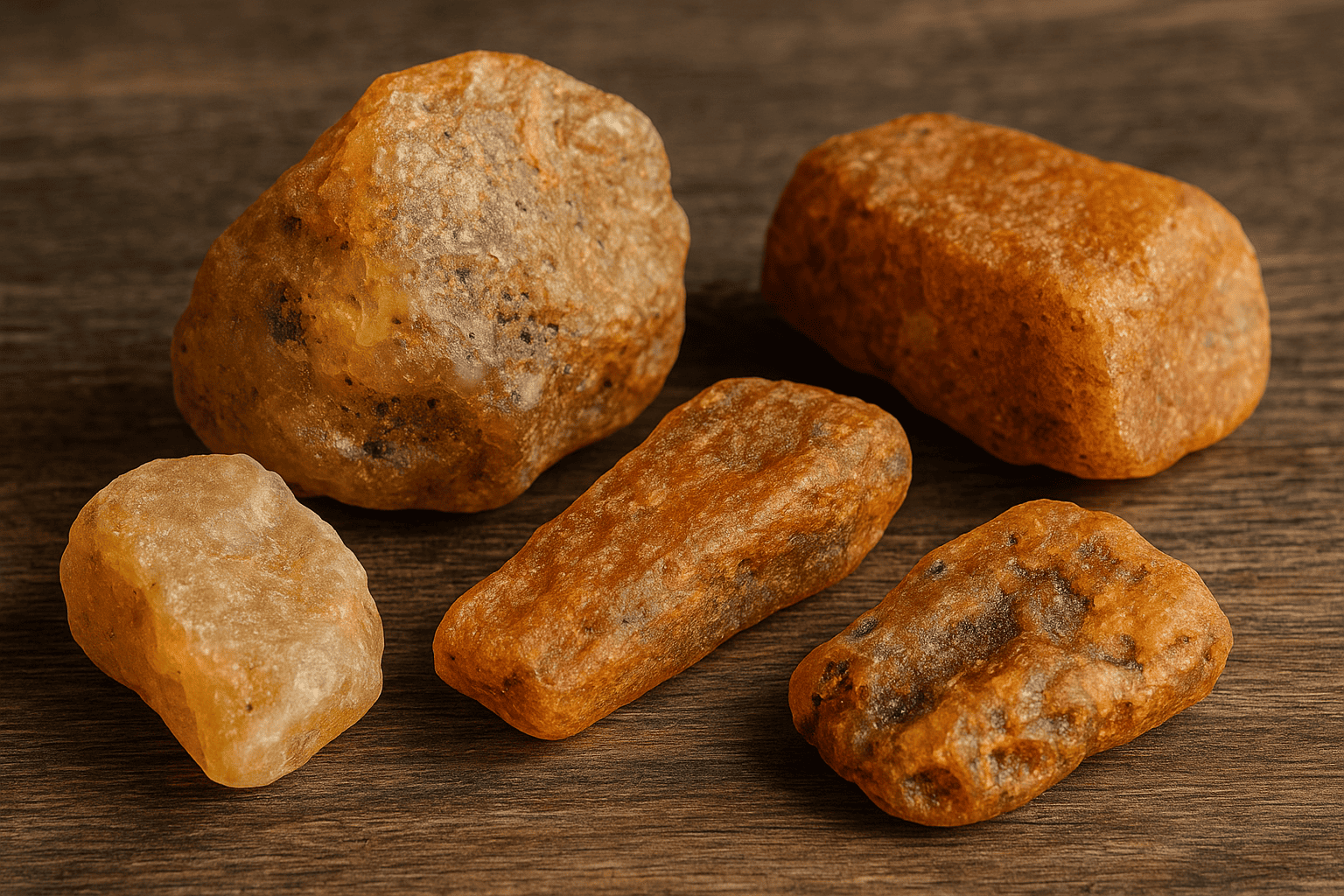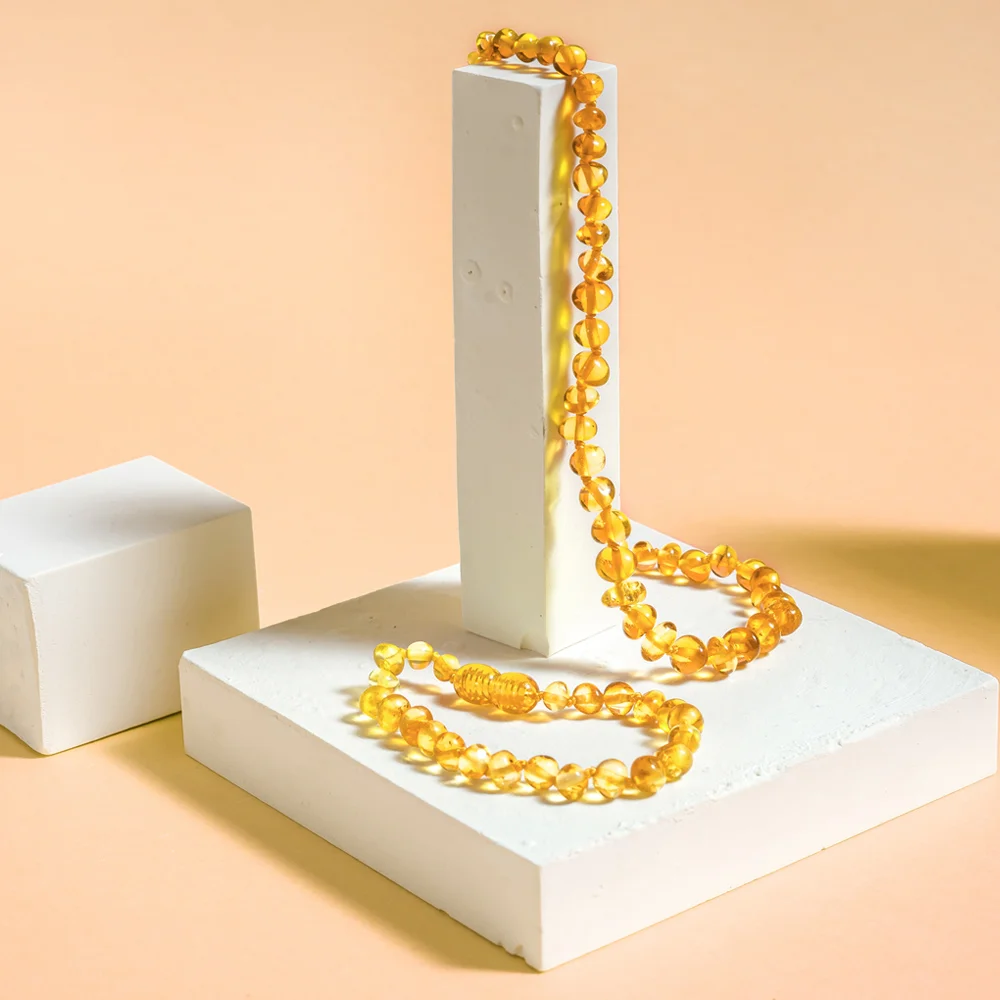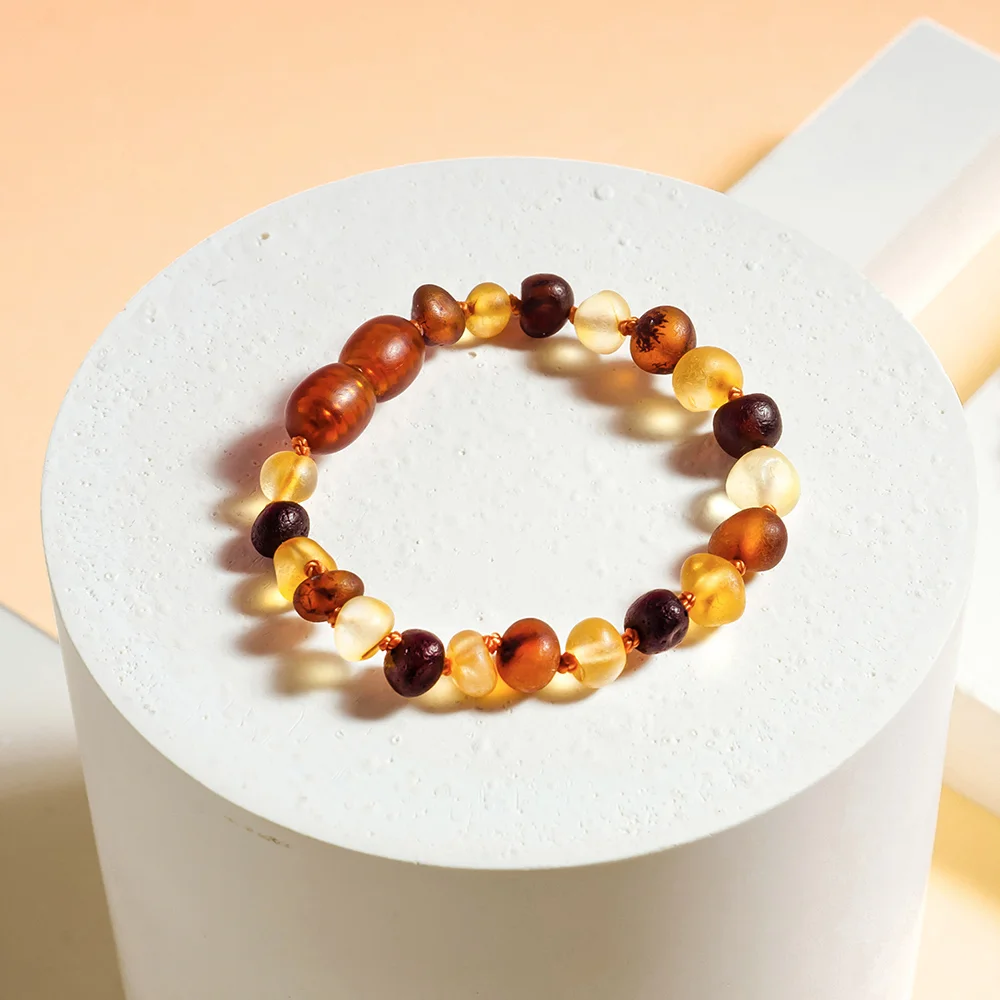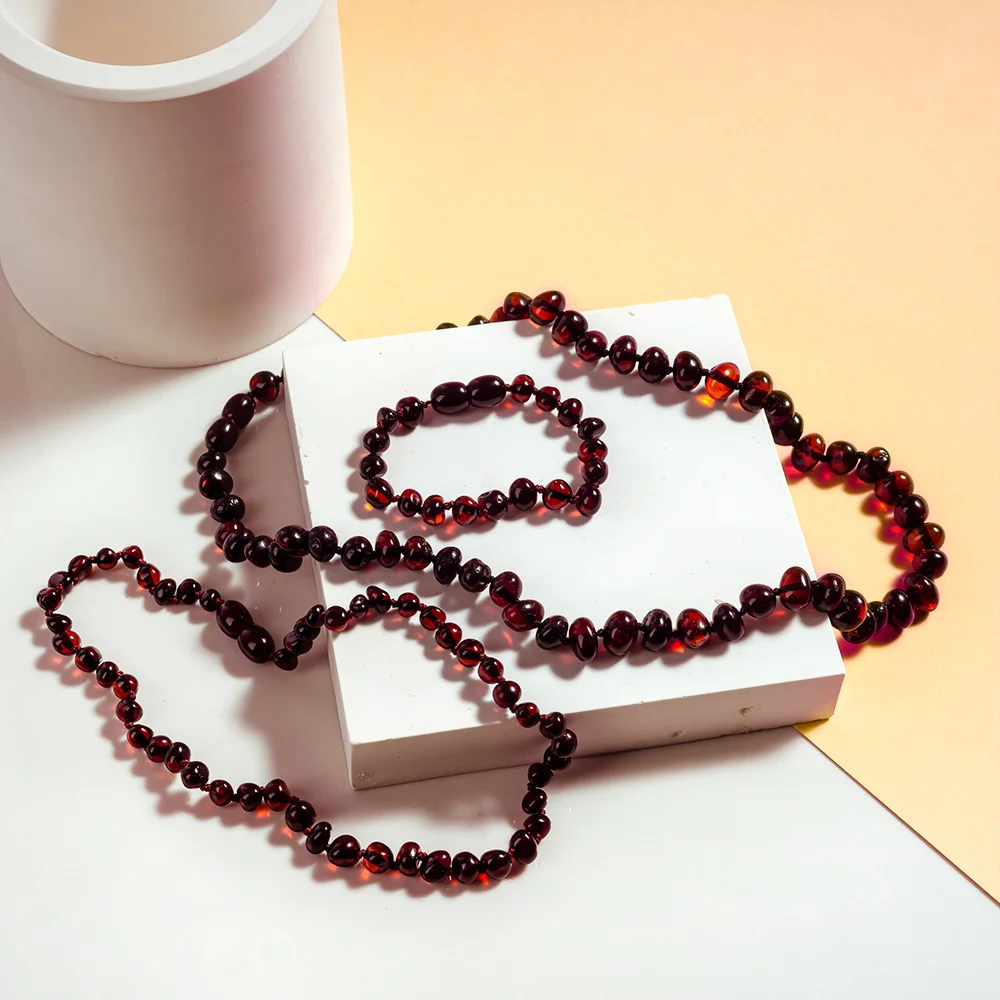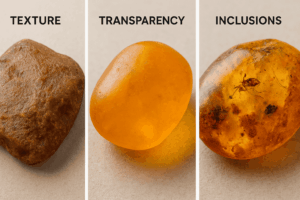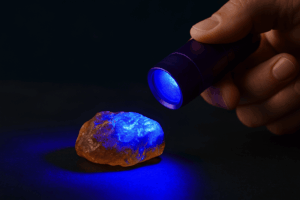Raw amber has fascinated people for thousands of years. This golden treasure, formed from fossilized tree resin, has been used in jewelry, trade, and even folk medicine. But with the number of imitations available today, learning how to identify genuine raw amber is essential — especially if you’re buying, collecting, or working with it.
In this guide, we’ll explain what is raw amber, what does raw amber look like, what color is raw amber, and the most reliable ways to tell real amber from fakes.
What Is Raw Amber?
If you’ve ever wondered what is raw amber, the answer begins in ancient forests more than 40 million years ago. Amber starts as sticky tree resin that seeps from bark and branches. Over millions of years, this resin hardens and fossilizes, trapping the natural beauty of its origins inside.
Baltic amber — found along the coasts of Lithuania, Latvia, Poland, and Russia — is the most prized variety. It’s valued not only for its beauty but also for its high concentration of succinic acid, which some believe may have natural therapeutic effects.
Unlike polished amber, raw amber has not been shaped, refined, or buffed to a glossy shine. It’s the natural form, often with a rugged matte finish, unrefined edges, and sometimes fragments of the rock or soil where it was found.
Key traits of raw amber:
Raw amber is instantly recognizable once you know what to look for. Its surface usually has a natural, uneven texture that feels organic and unrefined, a stark contrast to the smooth polish of finished gemstones. When held, it is surprisingly lightweight and carries a gentle warmth against the skin, distinguishing it from colder, heavier imitations.
Many pieces reveal visible inclusions, such as fragments of ancient plant material, tiny trapped air bubbles, or even small insects — each one a glimpse into the environment where the resin formed millions of years ago. Depending on the piece, raw amber may also appear cloudy or opaque, with light diffusing softly through its surface rather than passing cleanly through.
What Does Raw Amber Look Like?
When people ask what does raw amber look like, the truth is — there’s no single answer. Amber is an organic material, and its appearance can vary widely. Still, there are common visual features you can look for:
Texture
Raw amber typically has a matte surface and may appear rough in spots. It might also have natural cracks, small indentations, or pitted areas. When freshly mined, it can even feel slightly sticky due to natural oils.
Transparency
Amber can range from almost completely opaque to semi-translucent. Even in raw form, you may notice a gentle glow when light passes through thinner areas.
Inclusions
One of amber’s most fascinating features is its inclusions — small fragments of plant matter, trapped air bubbles, or insects from ancient forests. These aren’t always visible in raw amber, but when they are, they’re a strong sign of authenticity.
What Color Is Raw Amber?
Another common question is what color is raw amber. While polished jewelry often shows the golden hues most people recognize, raw amber can display a much broader palette:
- Honey & Golden Yellow: The classic shade most associated with amber
- Cognac & Reddish Brown: Rich, deep tones, sometimes called “cherry amber”
- Creamy White: Known as “bone amber,” rarer and opaque
- Dark Brown or Black: Often opaque, with earthy undertones
- Green or Blue Tints: Rare and valuable, sometimes enhanced but also naturally occurring in certain deposits
Raw amber colors may appear softer or more muted compared to polished pieces because the unpolished surface diffuses light.
Why It’s Important to Identify Raw Amber Correctly
With imitations like plastic, glass, and synthetic resins flooding the market, knowing how to identify real amber is vital. Many fakes look convincing but lack the history, value, and properties of authentic amber. Without testing, it’s easy to overpay for something artificial.
Five Reliable Ways to Identify Genuine Raw Amber
When identifying raw amber, it’s best to use multiple tests together for accuracy.
1. Saltwater Float Test
Amber is less dense than water, which allows it to float in saltwater.
- Mix 1 part salt with 2 parts water (about 7 teaspoons per cup).
- Drop your amber in — real amber floats; most fakes sink.
(Rinse and dry the amber after this test to avoid salt residue.)
2. Electrostatic Test
Amber can develop an electric charge when rubbed — a property known since ancient Greece.
- Rub the amber with a soft cloth for 10–15 seconds.
- Hold it near small bits of paper — they should cling to the amber if it’s real.
3. UV Light Test
Under a blacklight, real amber usually glows blue or green.
- Fakes may glow white or show no reaction at all.
4. The Heat Scent Test (Use with care)
Real amber smells like pine resin when warmed.
- Heat a needle and touch a small, hidden spot.
- Pleasant pine scent = likely real. Chemical odor = fake.
(This test can leave a small mark, so use sparingly.)
5. Visual Inclusions Check
Look for irregularities inside the amber:
- Tiny bubbles or plant fragments are good signs.
- Perfectly clear, flawless pieces may be plastic imitations.
Common Raw Amber Imitations
Several materials are often mistaken for raw amber, and knowing their differences can help you avoid costly mistakes. Copal, for instance, is a much younger form of tree resin that has not fully fossilized. It tends to be softer than amber and melts quickly when exposed to heat, making it less durable.
Glass is another common imitation; it feels noticeably heavier and colder to the touch and lacks the warm pine scent that genuine amber releases when gently heated. Plastics, including Bakelite and modern synthetics, can also mimic amber’s appearance, but they are often too perfect in color and clarity, missing the subtle variations and natural imperfections that make authentic amber so unique.
Tips for Buying Raw Amber Confidently
When buying raw amber, it’s important to approach the purchase with a discerning eye and a bit of background knowledge. Start by seeking out reputable dealers who are willing to provide clear authenticity guarantees, as this gives you a foundation of trust and accountability. Over time, familiarizing yourself with the natural weight and feel of genuine amber can also be invaluable — authentic pieces tend to be remarkably light in the hand and warm against the skin, unlike many of their heavier or colder imitations.
Finally, before committing to a piece that hasn’t been verified, make it a habit to perform at least two different identification tests. Combining your own observations with reliable testing methods will give you the confidence to choose amber that is truly authentic.
Key Takeaways
Now you know what is raw amber, what does raw amber look like, and what color is raw amber. By understanding its natural traits and applying simple tests like the saltwater float, electrostatic charge, UV light glow, and scent check, you can confidently distinguish real amber from fakes.
Authentic raw amber is more than a gem — it’s a 40-million-year-old relic of Earth’s ancient forests, holding beauty, history, and timeless value.

